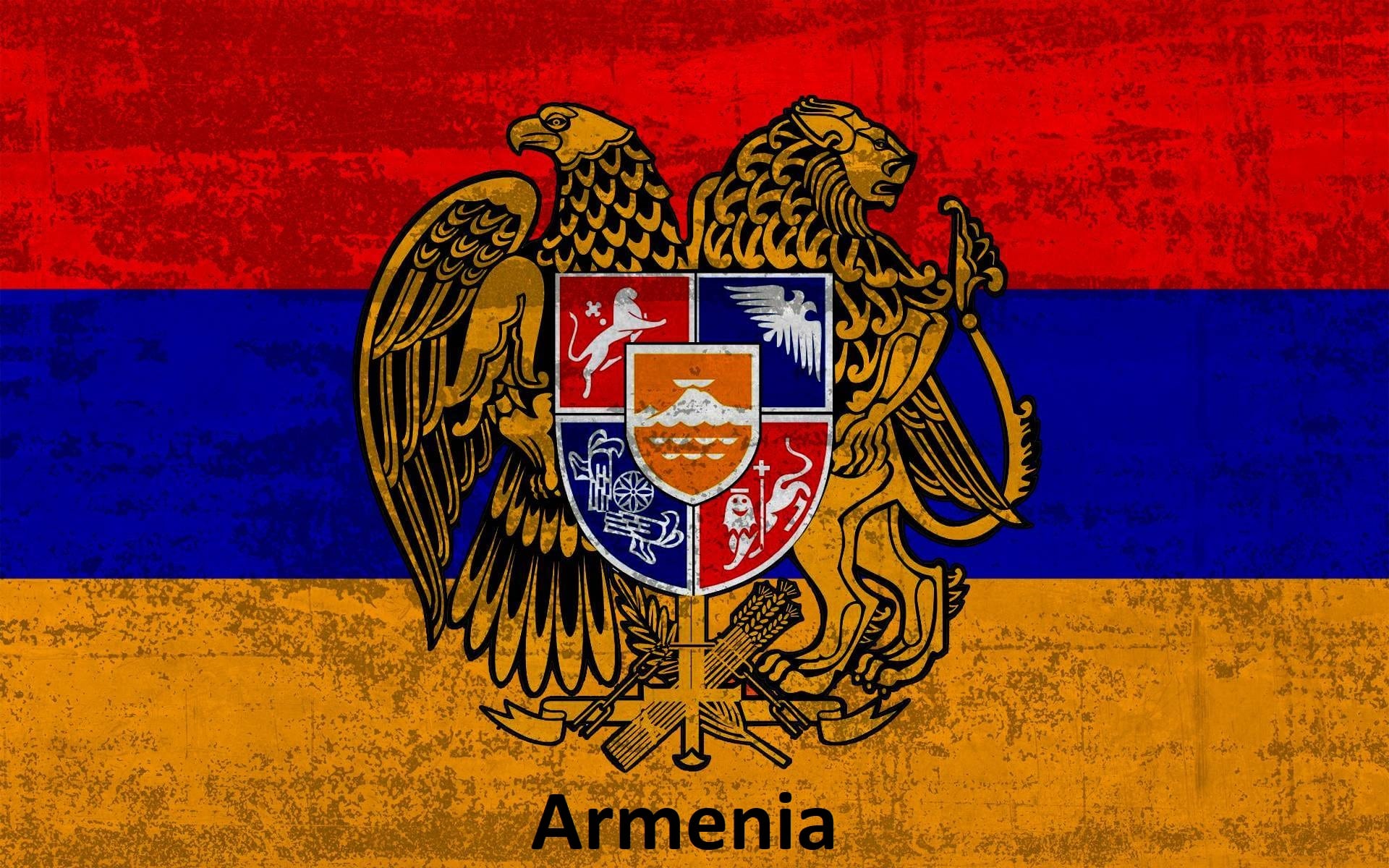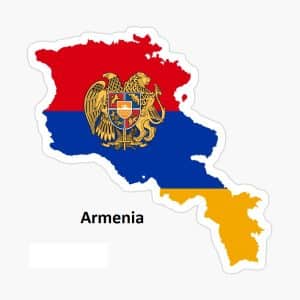Metro
Armenia Population, Official Language And More.

The Orontids ruled first as client kings or satraps of the Achaemenid Empire and after the collapse of the Achaemenid Empire established an independent kingdom. The Orontids were known for their cultural achievements, such as building temples, fortresses, irrigation systems, and roads. They also minted their own coins and adopted the Armenian alphabet.

Armenia
The Population According to the World Bank, Armenia’s population was estimated at 2.96 million in 2020. It has declined since its peak of 3.63 million in 1992 due to emigration and low birth rates. About 98% of the population are ethnic Armenians, and most of them belong to the Armenian Apostolic Church.
The Landmarks Armenia has many historical and natural landmarks that reflect its rich culture and heritage. Some of the most famous ones are: The Cascade complex in Yerevan, a giant stairway made of limestone that offers a panoramic view of the city and Mount Ararat. The Noravank Monastery, a 13th-century architectural masterpiece located on the edge of a narrow gorge near Yeghegnadzor. The Hin Khot, a medieval fortress-village that was once the capital of the Kingdom of Syunik in the 10th century. The Etchmiadzin Cathedral, the mother church of the Armenian Apostolic Church and one of the oldest cathedrals in the world, dating back to the 4th century. The Zvartnots Cathedral, a 7th-century circular temple that was destroyed by an earthquake in the 10th century and is now a UNESCO World Heritage Site. The Amberd Fortress, a 10th-century fortress located on the slopes of Mount Aragats, the highest peak in Armenia. The Temple of Garni, a 1st-century Greco-Roman temple dedicated to the sun god Mithra, and the only pagan temple in Armenia that survived Christianization. The Geghard Monastery, a UNESCO World Heritage Site that was partly carved out of a mountain and contains many khachkars (cross-stones) and relics.
The Official Language The official language of Armenia is Armenian, an Indo-European language that has its own unique alphabet and two main dialects: Eastern Armenian and Western Armenian. Armenian is spoken by about 6.7 million people worldwide, mostly in Armenia, Nagorno-Karabakh, and the Armenian diaspora. Armenian is also a minority language in some countries, such as Cyprus, Hungary, Iraq, Poland, Romania, and Ukraine.
The Culture Armenia has a rich and diverse culture that dates back to ancient times. Some of the aspects of Armenian culture are: The Armenian cuisine, which is influenced by various regional cuisines, such as Turkish, Persian, Georgian, and Mediterranean. Some of the typical dishes are dolma (stuffed grape leaves), khorovats (barbecue), lavash (flatbread), harissa (porridge), and gata (pastry). The Armenian music, which is characterized by its use of folk instruments, such as duduk (woodwind), zurna (double reed), kanun (plucked zither), and dhol (drum). Some of the famous Armenian musicians are Komitas (composer), Aram Khachaturian (composer), Charles Aznavour (singer), and System of a Down (rock band). The Armenian literature, which has a long history that spans from oral traditions to modern novels. Some of the notable Armenian writers are Movses Khorenatsi (historian), Narekatsi (poet), Hovhannes Tumanyan (poet), William Saroyan (novelist), and Paruyr Sevak (poet). The Armenian art, which is influenced by various styles, such as Byzantine, Persian, Russian, and European. Some of the forms of Armenian art are khachkars (cross-stones), miniatures (illuminated manuscripts), carpets (woven textiles), and paintings (canvas or fresco). Some of the renowned Armenian artists are Toros Roslin (miniaturist), Martiros Saryan (painter), Minas Avetisyan (painter), and Arshile Gorky (painter).
The Economic Stability Armenia’s economy is classified as an upper-middle-income economy by the World Bank. It has undergone a transition from a planned economy to a market economy since its independence in 1991.
THE GDP The Gross Domestic Product (GDP) in Armenia was worth 19.50 billion US dollars in 2022, according to official data from the World Bank. The GDP per capita of Armenia in 2021 was $4,966, $697 higher than in 2020.
THE CURRENCY The currency of Armenia is the Armenian dram (AMD). It is also used in the neighboring unrecognized Republic of Artsakh. It was historically subdivided into 100 luma3. One US dollar is equal to 385.86 AMD as of today.
THE FOOD Armenia food is based on lamb, eggplant, yogurt, and bread, especially lavash, a soft thin flatbread that is the national bread of Armenia. Wheat is the main grain and is used in various forms like bulgur, semolina, and shelled wheat. Armenian food uses fresh and dry herbs, nuts, and fruits to add flavor and color to the dishes. Some of the most popular traditional foods in Armenia are dolma (stuffed grape leaves or vegetables), khorovats (barbecued meat), harissa (chicken and wheat porridge), and gata (sweet bread).
MAJOR CITIES The biggest cities in Armenia are Yerevan, Gyumri, and Vanadzor. Yerevan is the capital and the most populous city with over one million people. Gyumri is the second largest city and the cultural center of the country. Vanadzor is the third largest city and the industrial hub of Armenia.
MAJOR AIRPORT, SEA PORT AND SCHOOLS The main international airport of Armenia is Zvartnots International Airport located near Zvartnots, 15 km west of Yerevan. It serves as the main gateway to the country and handles over 3 million passengers per year. The second busiest airport is Shirak Airport in Gyumri, which mainly operates domestic flights and some international flights to Russia. Armenia is a landlocked country, so it does not have any sea ports. However, it has access to the Black Sea through Georgia and to the Caspian Sea through Azerbaijan. Armenia also uses the Iranian ports of Bandar Abbas and Chabahar to transport goods to and from Asia. Armenia has a high literacy rate of 99.7% and a well-developed education system. There are over 1,400 schools in Armenia, including public, private, and international schools. Some of the most prestigious schools are Yerevan Basic School N 1 after A. Pushkin, Quantum College, Ayb School, and Mkhitar Sebastatsi Educational Complex. Armenia also has several universities, such as Yerevan State University, American University of Armenia, Russian-Armenian University, and National Polytechnic University of Armenia.





